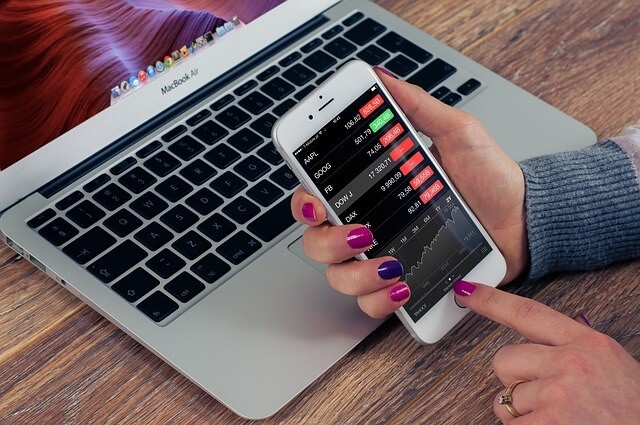How to Use Indicators Without Relying on Them
Indicators often feel like shortcuts. You drop one on the chart, watch it shift, and wait for a signal. Some traders never go further. They act when the lines cross or the colour changes. But indicators don’t see the market. They only react to it. Learning to use them without full dependence separates the flexible from the frustrated.
Each indicator starts with price. Moving averages smooth it. RSI measures speed. MACD shows distance between trends. These tools transform past data into patterns. They offer hints, not answers. The trouble begins when traders forget that. They trust the signal more than the chart. They follow blindly, then ask why the trade failed.
In online forex trading, most platforms display dozens of indicators. It’s tempting to add several at once. The chart looks busy. Each tool seems to confirm the other. But often, those signals repeat the same idea in different ways. You think you’re confirming a plan. In truth, you’re just layering noise.
A better use of indicators starts with structure. You study the chart first. Identify the trend. Mark the levels. Watch how price reacts. Only then should you consider what indicators add. If the market shows strength, an indicator may show overbought. That doesn’t mean sell. It means strength continues, but might slow.
Some traders let indicators delay good trades. They wait for perfect alignment then miss the move. Others enter too early, trusting a setup from a fast indicator while ignoring resistance above. In both cases, reliance on the tool blinds them to what the market actually says.
Online forex trading encourages automation. But full dependence on any single tool, especially one based on past movement, carries risk. Indicators lag. They don’t predict. A crossover forms after the trend starts. Divergence appears after the swing ends. Reading the price itself often gives the first clue.
This doesn’t mean ignore indicators. It means use them to support, not decide. For example, if price forms a higher low near a support line, and RSI begins to rise from an extreme, that adds confidence. You saw structure first. The tool backed it up. That order of thinking matters.
Some traders learn this through overuse. They add indicators until the chart feels unreadable. Then, after several failed trades, they remove them all. A blank chart teaches more than clutter ever could. From there, some bring back one or two this time, as guides, not rulers.

Image Source: Pixabay
Online forex trading changes fast. Market conditions shift. What worked last month might not fit this one. Indicators built on static formulas won’t adjust by themselves. That’s why flexibility matters. You adapt. You test. You learn when a tool adds value and when it just distracts.
Observation strengthens this skill. Spend time watching how an indicator behaves during strong trends, flat markets, or sharp reversals. What does it do when the market turns? Does it offer real warning, or just react late? That experience teaches when to trust and when to step back.
Some traders set alerts based on indicator levels. That’s useful but those alerts should lead to review, not action. An RSI below 30 might suggest a bounce. But does the price show support? Is the trend reversing? Those answers require more than a line.
Over time, traders who use indicators wisely build confidence. They stop checking the tool for permission. They check it for context. That context shapes better entries and safer exits. It adds weight to ideas not control over them.
No indicator replaces thought. They point to areas of interest. They show momentum, not direction. They support structure, not replace it. When you use them that way, they help. When you rely on them completely, they hurt.
Comments